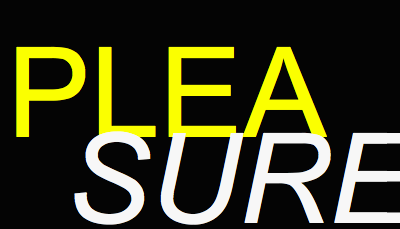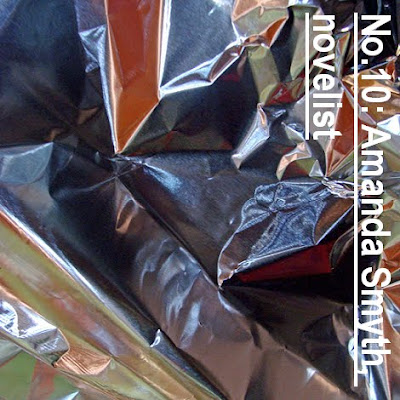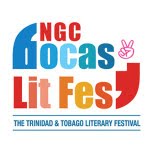BY LESEDI TIDD*
Sam Rockwell is Sam Bell
Fans of the sci-fi genre usually further subdivide their genre into two parts: Hard sci-fi, which focuses on scientific accuracy as it usually doesn’t venture too far outside of the earth’s sphere, and, you guessed it, Soft sci-fi, which usually explores the fantastic theoretical aspects of the genre to elicit a sense of wonder in its audience. Sounds simple, doesn’t it? Of course it does. The aforementioned standard is usually good enough for the average moviegoer but all it takes is about a few mouse clicks to be proven very wrong. (View www.tvtropes.com’s 'Mohs Scale Of Science Fiction Hardness' article, or Kheper’s
scale and you’ll get the idea on just how ridiculously complicated it all gets.)
Whether or not sci-fi’s categorization, classification, alien abduction and subsequent dissection are actually necessary, the genre is, for the most part, a matter of taste or a matter of one’s particular flavour of autistic obsession. It doesn’t change that fact that whether with producers or consumers, hard sci-fi is a genre seemingly dwindling in popularity. The films are commonly adultered with high-adrenaline action or horror elements, giving birth to the Surrogates and the Gamers (neither of which are by any means terrible movies) of the genre rather than films like Gattaca and Children of Men. Enter: Moon, directed by Duncan Jones: The story of one lunar miner’s solitary descent into madness on the eve of his return home.
As an employee of Lunar Industries, the largest provider of clean lunar energy, protagonist Sam Bell (played by Sam Rockwell) has been contracted to remain on the lunar base Sarang for three years. His duties range from running minor tests, to mechanical repair and monitoring, to loading the shipping shuttle with the ore recovered by the automated harvesters- the type of thing that could become monotonous very quickly. Due to a failure in the company’s communications satellite, Sam has very little contact with the world below. When he does communicate, it is often in the form of video messages, varying between directives and words of corporate support from company CEO’s to words of emotional support from his wife, Tess and images of the 2 year old child he has left behind.
But it’s almost over. There are two weeks left and Sam is excited to return home and be the lover and father he always needed to be; his perspective on their relationship renewed by their separation and primarily by his isolation. Sam, however, is not in the best of health. Pale, gaunt and emotionally erratic, the three years on the surface of the moon have taken a toll on his body and mind. He hallucinates, at one time seeing a teenaged girl on the base with him and again later on the surface on the moon while doing a routine rover collection from the lunar harvester. Confused, Sam remains transfixed on her image. His attention drawn away from his driving, Sam crashes into the harvester, depressurizing the cabin and sending him into a panicked rush to switch over to life support.
Without giving away too much of the film, what follows is a virtuoso performance by Sam Rockwell, showing amazing emotional range and professional bravery, fearlessly dissociating himself in a myriad of ways. While Rockwell is, for all intents and purposes, the only actor in this film, occupying quite probably over 90% of the screen time individually (and for good reason) one hardly notices. His performance is so riveting that when other actors do appear they never approach personhood in the mind of a viewer, just devices which either fill out Sam’s persona or progress the plot.
Sam (Bell or Rockwell) is not completely alone, however. He is assisted by GERTY, the lunar base Sarang’s automated AI assistant (voiced by Kevin Spacey). GERTY, though important as a character, is less acted and more simply voiced. That being said, not nearly enough credit is given to Jones’ usage of GERTY as an emotionally relatable character. Spacey’s monotonic delivery stands in deliberate contrast to GERTY’s ability to show concern, empathy, sadness and loyalty and even solidarity.
A monitor on the front of the main console displays simple representations of the emotion GERTY may be ‘feeling’ at the time, often smilingly as it contently meanders itself across the base helping in any way it can. Jones brilliantly employs this feature in the most emotionally charged moments of the film’s progression as GERTY, often in the foreground or background (usually in wide angle to depict the emptiness of the base/set), silently emotes as Sam cannot help but take his silicon heart for granted.
Make no mistake: Moon is hard science fiction- really hard science fiction. Harder than the lunar soil the intricately modeled helium-3 harvester grinds through to provide earth with the materials for controlled nuclear fusion. Check the science, it’s actually quite plausible. But honestly, I only imagine how difficult it would be to pitch a movie like it to a distributor. “A man on the moon slowly loses his mind from loneliness…WITH A TWIST!” and yes, the movie is that… but it is also so much more! So much more than that which gives the movie its unique character while showing reverence to its influences (Kubrick’s, 2001: A Space Odyssey, Solaris etc).
As a result, the set design for this movie is endearing, eschewing the modern standard of lavish and sometimes overly-ambitious amounts of CGI (yes, I am referring to Cameron’s Avatar) for the old beauty model creation (yes, I am referring to Cameron’s Aliens). The film’s realistic plot juxtaposed against the slightly internal set design and the slightly-cartoonish design of the lunar surface keeps the viewer right on the edge of suspension of disbelief, while simultaneously prompting the viewer to appreciate the reality that it is, in no uncertain terms, a film.
As far as the Academy Awards go, apparently the movie isn’t getting much backing from Sony Studios, and it’s a real shame; the critical reception was high favourable. The movie is a hidden treasure that I am certain would have received more public recognition, had it been given a larger advertising budget. Did the studio think the viewers couldn’t identify with the sci-fi themes, or did Sam Rockwell just not have enough star power to push the film on its own…or were they just concerned about turning a quick profit? I don’t know. Should you see it if given the chance? In my humble opinion, yes. To make an almost unjustifiably simplistic comparison, think of it like Tom Hanks in Castaway where instead of his plane crashing into the ocean, it veers slightly off course and crashes into the Sea of Tranquility.
But then, of course, something like that would be soft science fiction.
*Lesedi Tidd is a socialist existentialist (aka a university student) living in Trinidad.































































